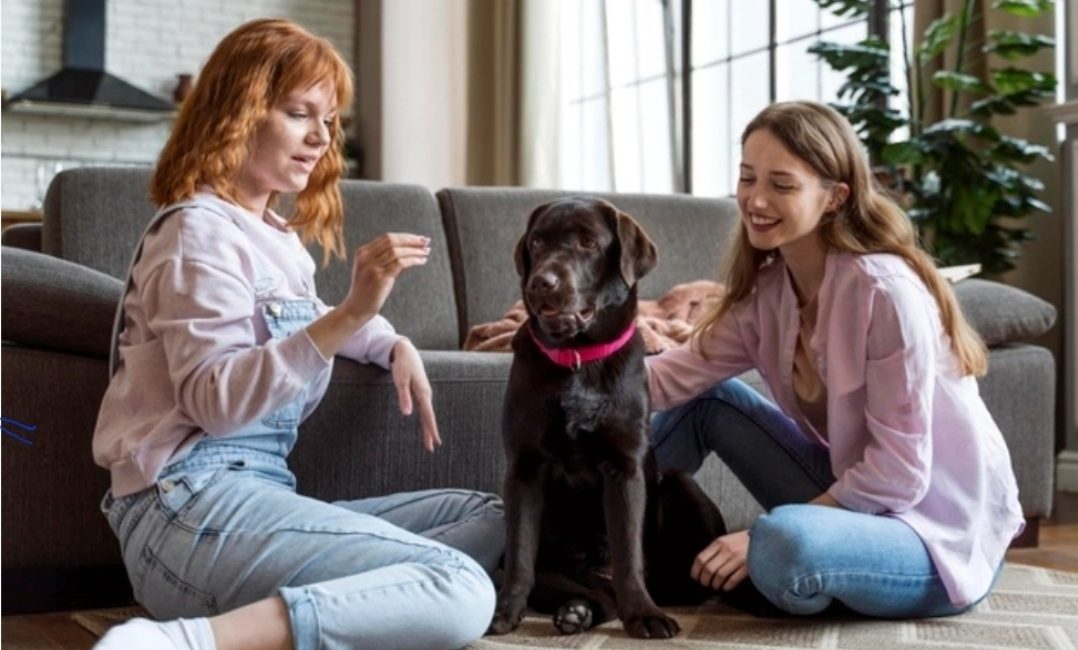An often-asked question is “How long should a dog training session last?” Well, a session is only a session to the human part of the partnership. We make the conscious effort to chop up some cooked chicken or some sausages and put them in our treat pot or pouch. We grab our dog’s favourite rope toy for a game of tug of war or ball for some fetching. We put our scruffy clothes and boots on and head outside because we are ‘training’ our dog.
But our dogs are watching us and learning all of the time. They watched us go to the fridge for the chicken, watched us chop it up. Remembered that last time we did that, some dropped some on the floor by accident and it was delicious. So, they hang around us while we chop instead of lying in their bed.
The dog watched us go upstairs then return in different clothes. The clothes that mean we’re going to do something together. Not the going to work clothes that predict a couple of hours athome alone.
Get the picture? Your dog is learning all day long. At times they experience things that give them pleasure, a reward, something they’d like to have again. Other times they experience disappointment or something unpleasant. This is the learning process. The purpose of the process is to adapt and select behaviours that benefit the dog with the most or best rewards. Hanging around while we chop chicken instead of lying in bed.
If we swap the word Learning or Training, we have a training process. The purpose of the training process is to adapt and select behaviours that benefit us and our dog with the most or best rewards.
A better way to look at our lives with dogs is to appreciate that they are constantly learning and want to learn. They want to do things that yield the best rewards for them. We have certain things we would like them to know how to do. Go to their bed and relax, move off the sofa when we want to sit down, stand still as we go through doorways or if visitors come instead of charging through the door or jumping up to greet people. We need those on a verbal cue as well so your dog can do them when asked. Our dog’s life skills are as varied as our lifestyles so adapt them to suit your own.

As little as 3 minutes a day to consciously teach a behaviour is all that it may be required. The key is to integrate it into your daily routine so it doesn’t feel like training and it’s easy to be consistent. You can also capture any behaviour your dog offers, without being asked, that you’d like them to repeat by rewarding it.
If we return to the idea of the training process, we need to manage the dog’s environment so they are able to adapt and select those behaviours that get the best rewards. Then we can help them along the way if needs be using techniques such as luring if it’s appropriate.
Let’s move away from structured training sessions and integrate our dog’s learning into our daily routines.
If you’d like to learn more about your dog and how to teach them the life skills they need, use the contact button to get in touch.

